Affiliate links on Android Authority may earn us a commission. Learn more.
P-OLED vs IPS LCD display technology explained
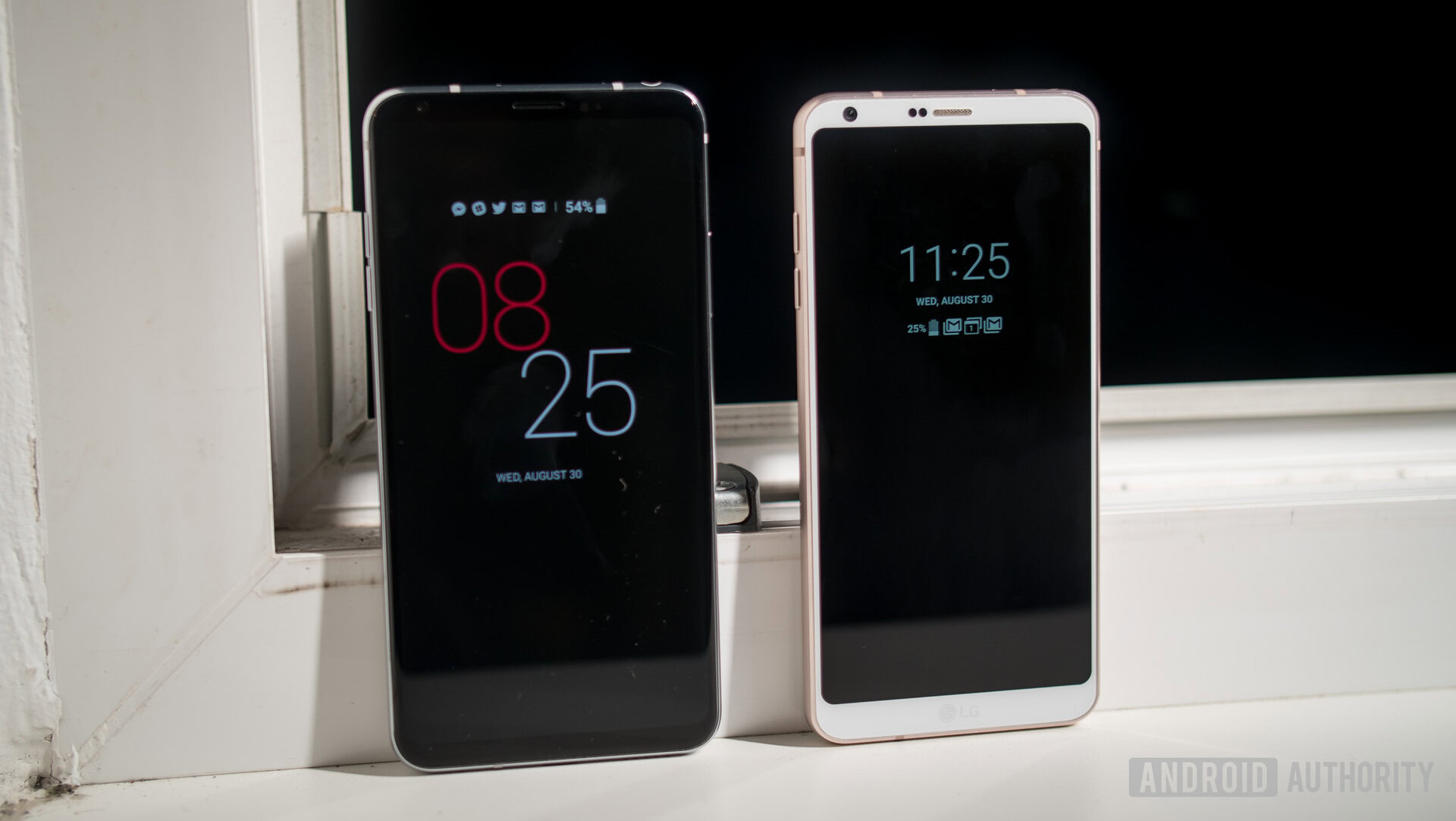
Cutting edge display technology has been a central feature of flagship smartphones in recent years. The LG V30 arrived late last year with yet another innovation in screen tech: new panel type called P-OLED. With Samsung still marketing its Super AMOLED and Infinity Display technology, and some other manufacturers moving away from the tried and tested IPS LCD, there’s never been more choice for display panel tech in the smartphone market.

P-OLED isn’t exactly the new kid on the block, but the technology is just starting to appear in a number of flagship handsets. We’ve already seen how LG Display’s P-OLED stacks up against Samsung’s AMOLED, but what about the common IPS LCD display technology? That’s what we aim to find out in this P-OLED vs IPS LCD breakdown.
Further reading: OLED vs LCD vs FALD
How IPS LCD works
The common LCD stands for Liquid Crystal Display, while IPS stands for “in-plane switching”. The latter controlls the crystal elements in the display’s RGB sub-pixel layout. IPS replaced twisted nematic field effect (TN) as the technology of choice for LCD in the 90s, and is what you’ll find in all LCD-based smartphone panels.
The technology features a polarized backlight passing through the liquid crystals, in front of red, green, and blue color filters for each sub-pixel. With IPS, a current is used to create an electric field parallel to the plate, which twists the polarized crystal and further shifts the polarity of the light. A second polarizer then filters out the light based on its polarity. The more light passes through the second polarizer, the brighter the associated RGB sub-pixel will be.
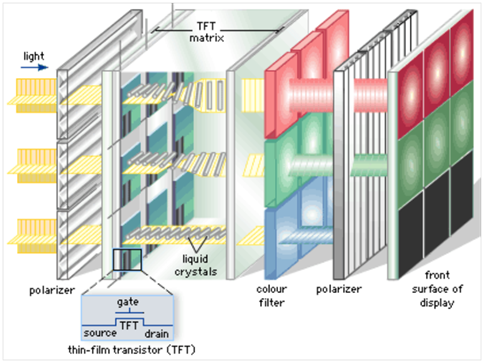
Each sub-pixel is connected up to a thin-film transistor active matrix, which drives the panel’s brightness and color without consuming as much current as an outdated passive matrix display. Using different TFT materials and production techniques can alter the driving properties of the display and alter the transistor sizes, which affects properties such as brightness, viewing angles, and color gamut. Hence why you’ll find a variety of different naming schemes for IPS LCD display, including Super IPS, Super LCD5, and others.
The makeup of the backlight can vary between LCD panels too, as the white light has to be created from another group of colors. The light source can be made up of LEDs or an electroluminescent panel (ELP), among others, each of which can offer a slightly different white tint and varying degrees of even light across their surface.
As you can see, there are many elements that go into making an LCD display and there are a considerable number of layers involved.
The pros and cons of LCD
Pros:
- Good energy efficiency and battery life.
- Excellent natural color reproduction and accuracy.
- No risk of “burn-in.”
- Well refined manufacturing techniques, making LCD cost effective.
Cons:
- Viewing angles can be limited due to depth of layers.
- Contrast ratio and deep blacks aren’t perfect, due to a blacklight that’s consistently on.
- Backlight leakage can be an issue in cheaper panels.
- Pixels can suffer from lower aperture at higher resolutions, as transistor sizes can’t be shrunk further, reducing peak brightness and wasting energy.
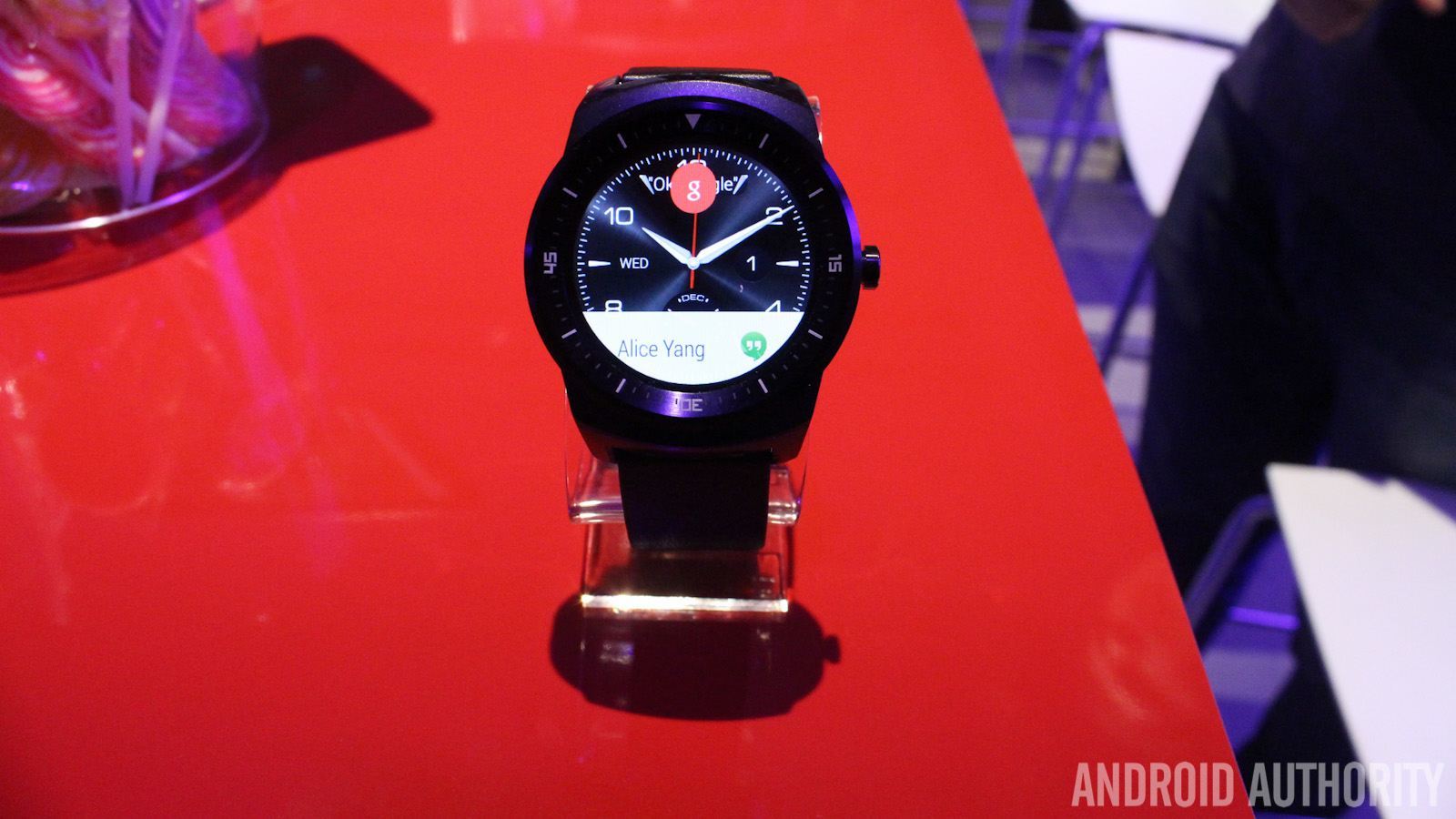
How P-OLED works
OLED technology has been the major rival to LCD in the smartphone market for what seems like forever. Samsung’s AMOLED technology has powered generations of the top selling Android flagship. Plastic-OLED (or P-OLED) is simply the latest iteration of this technology, primarily designed to enable new and interesting form factors.
Compared with the numerous layers of an LCD display, P-OLED is considerably less complicated looking. The key component is a Light Emitting Diode (LED). So rather than relying on a universal backlight, each sub-pixel is capable of producing its own red, green, or blue light, or being shut-off completely. The O part in OLED stands for organic, which is the compound type that lights up when current is applied.
To drive this current, the TFT matrix is used in a very similar way to LCD. Although this time the current is used to produce the light rather than twist the polarizing crystals. As this is an active matrix TFT, Samsung chose to call its OLED panels AMOLED. P-OLED shouldn’t be confused with the outdated PMOLED technology, which stands for passive matrix and isn’t used in any modern pieces of high-end display tech.
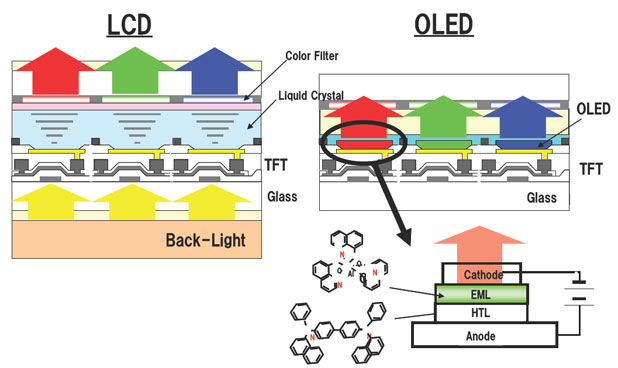
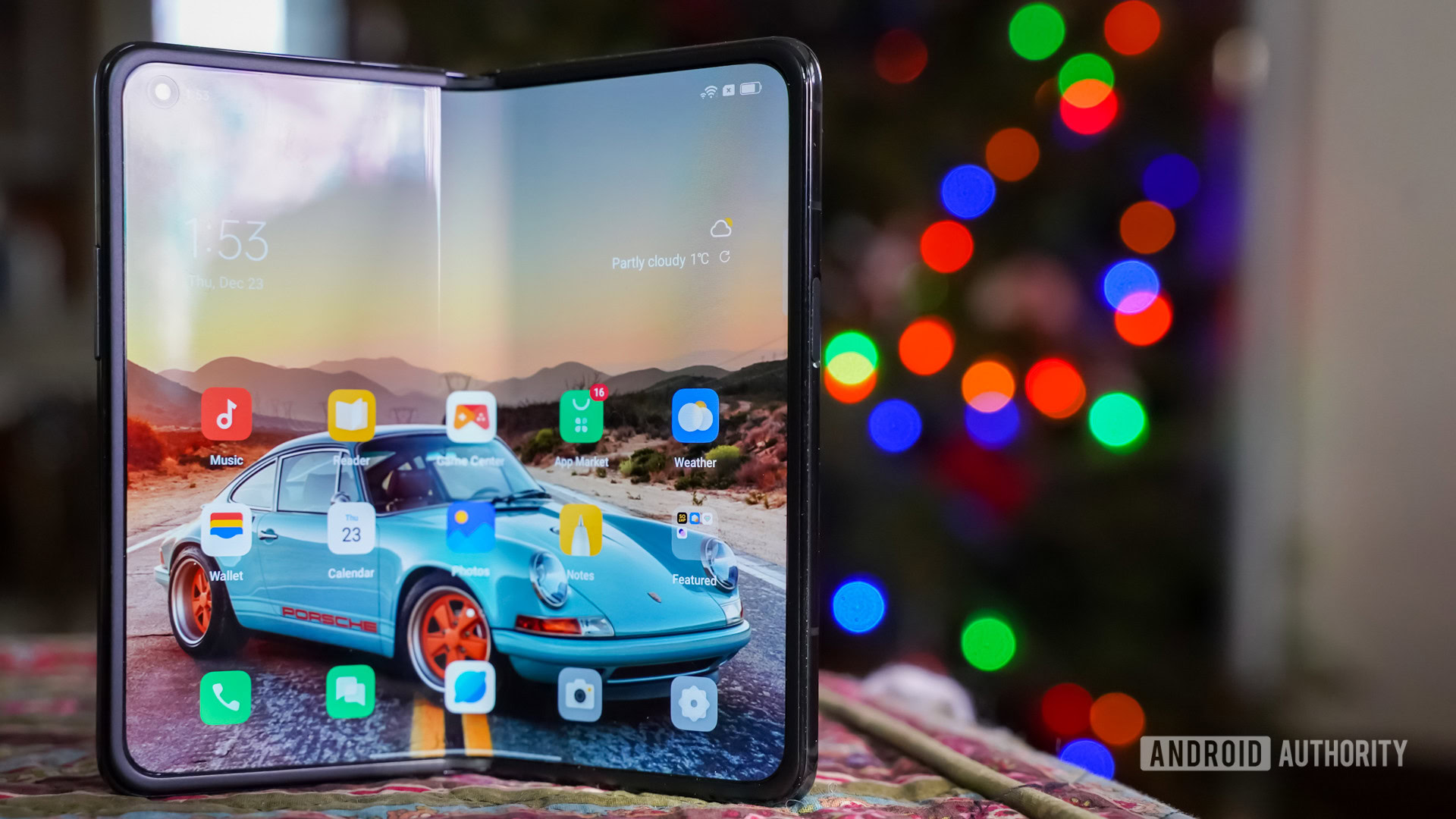
So where does the plastic element come in? Well it’s simply the material used as the back substrate on which the TFT and OLED components are placed. Historically, this has been made from glass but using a plastic substrate makes the display more malleable and flexible. It’s important to note however, that switching over to a plastic substrate requires new materials for the TFT plane that can withstand the manufacturing temperatures, while still providing sufficient electron mobility and current for the LEDs.
The pros and cons of P-OLED
Pros:
- Plastic substrate is thin and light.
- Plastic substrate offers better shock absorption and less risk of breakage.
- Excellent viewing angles.
- Potential for a very wide color gamut.
- Deep blacks and excellent contrast ratio, as individual pixels can be turned off, making it well suited for HDR.
Cons:
- More difficult and expensive production techniques, with unoptimized yields.
- Not necessarily as bright as LCD panels in smartphones, owing to increased power consumption to drive LEDs brighter.
- Blue LEDs degrade faster than red or green, reducing the panel’s life cycle before a notable color shift.
- “Burn-in” is a risk, as pixels can degrade at different speeds if one part of the display consistently shows a static image.
Flexible substrates
The two display technologies have their own pros and cons in terms of viewing quality, but plastic OLED has a trick up its sleeve that LCD can’t yet match — flexibility.
LG recently stated that its move to P-OLED in the V30 smartphone wasn’t based on increased image quality. Instead, the company acknowledged that thin bezels and curved designs are in high demand from consumers. The only currently viable way to achieve these designs is by using a flexible plastic substrate in an OLED display, which makes the panel lighter, thinner, and more pliable than using a traditional glass substrate.
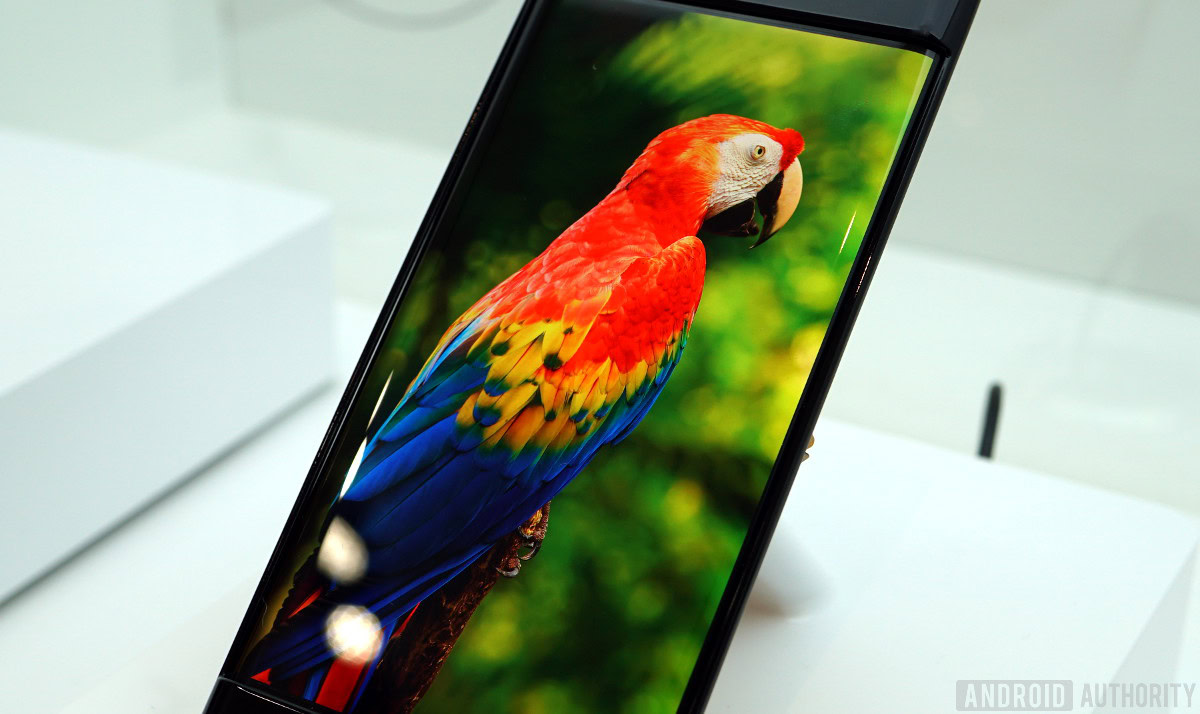
While the aesthetics won’t be to everyone’s tastes, manufacturers are clearly interested in plastic OLED as a way to help differentiate their smartphones from the competitors. Although this effect will diminish as more and more manufacturers move over to a similar looking, slim bezel design. For us consumers, another added benefit from the move to P-OLED is more durable displays.
Although the very top of a smartphone display will likely feature a protective glass layer, such as Gorilla Glass, the underlying plastic substrate layer does offer some additional shock absorption. This means that it’s less likely that the TFT layer will break on dropping, helping to preserve functionality even if the top layer cracks.
It’s worth stating that flexible LCD alternatives are in development. Japan Display showcased its low-cost flexible LCD technology in early 2017 and other companies are working on Organic LCD and similar ideas. However, the trick is still to match flexible OLED for pixel density and resolution, color gamut, and production yield. So it’s likely to be a while before we see competing flexible LCD products.
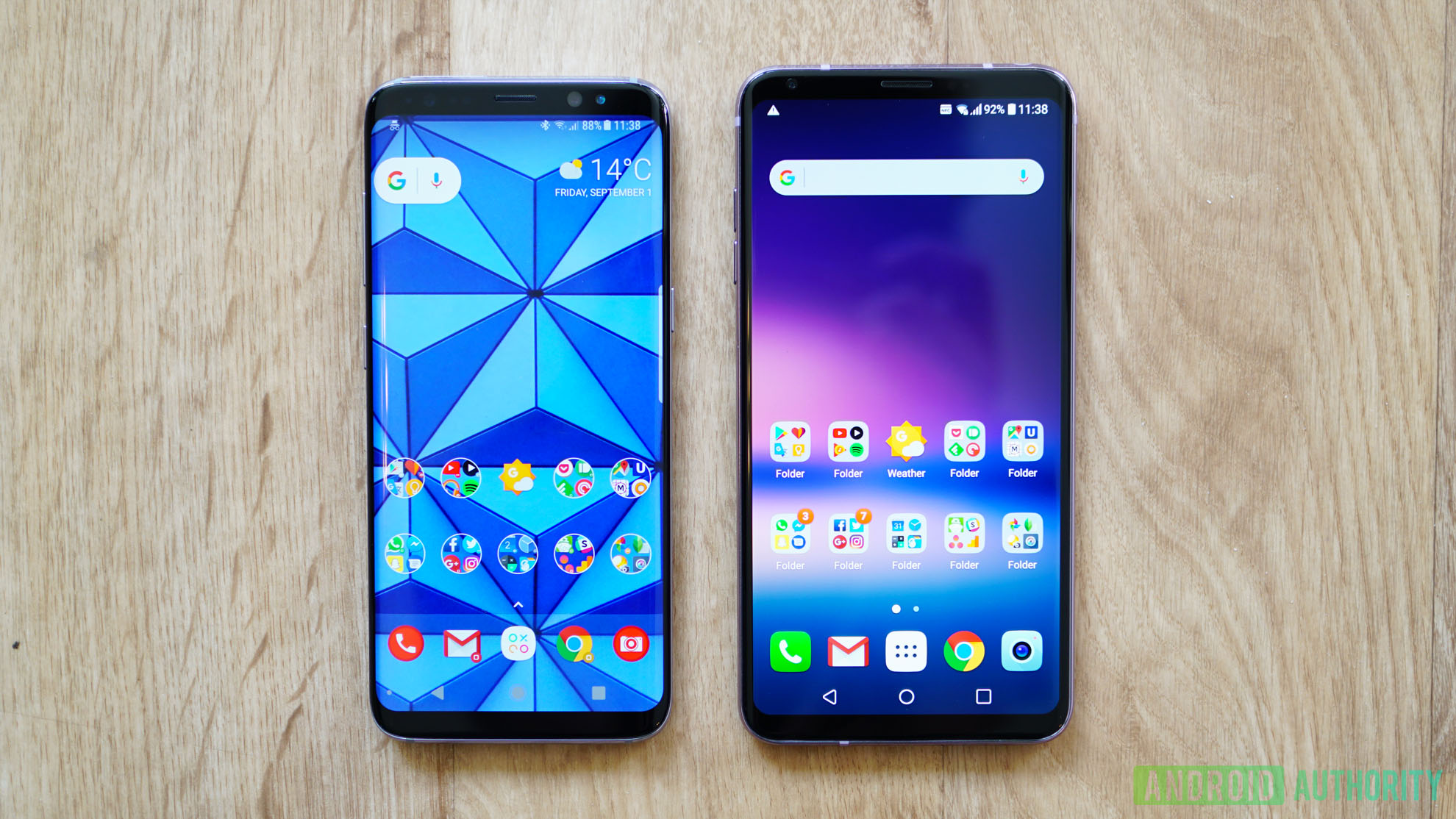
Wrap Up
Unfortunately, there’s no definitive superior technology between IPS LCD and P-OLED. There are too many variables beyond the basic display type that determine the quality of the viewing experience. These include sub-pixel layouts and manufacturing materials.
No two IPS LCD manufacturers are necessarily alike, and even P-OLED will undoubtedly go through generational revisions over the next few years and continue to improve performance. Furthermore, new advances in LCD technology, including Quantum Dot, WRGB, and others, keep reinvigorating the already well-refined technology.
Where OLED, including Plastic-OLED, does have a notable head start is in the growing demand for HDR and virtual reality applications. There, deep contrast and very high panel refresh rates in compact form factors are the order of the day. Combined with the more unique form factors available in smartphones and automotive and industrial applications, we’re bound to see plenty more P-OLED in the coming years.